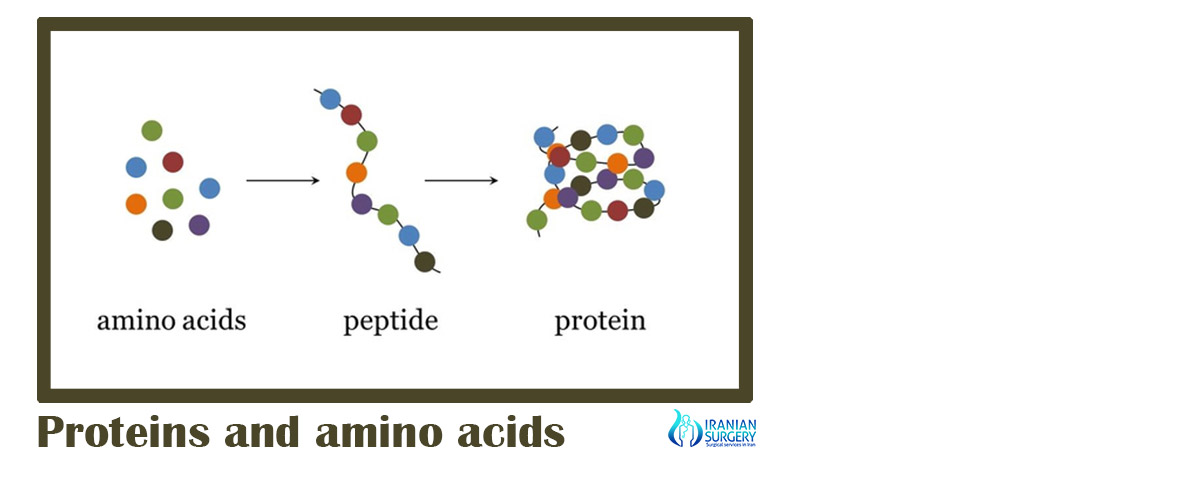Proteins and amino acids

Proteins and amino acids
Protein-containing supplements, either ready-to-drink or as powders to be mixed into water, are marketed as aids to people recovering from illness or injury, those hoping to thwart the sarcopenia of old age, to athletes who believe that strenuous physical activity increases protein requirements,to people hoping to lose weight while minimizing muscle loss, i.e., conducting a protein-sparing modified fast, and to people who want to increase muscle size for performance and appearance. Whey protein is a popular ingredient, but products may also incorporate casein, soy, pea, hemp or rice protein.
According to US & Canadian Dietary Reference Intake guidelines, the protein Recommended Dietary Allowance (RDA) for adults is based on 0.8 grams protein per kilogram body weight. The recommendation is for sedentary and lightly active people. Scientific reviews can conclude that a high protein diet, when combined with exercise, will increase muscle mass and strength,or conclude the opposite. The International Olympic Committee recommends protein intake targets for both strength and endurance athletes at about 1.2-1.8 g/kg body mass per day. One review proposed a maximum daily protein intake of approximately 25% of energy requirements, i.e., approximately 2.0 to 2.5 g/kg.
The same protein ingredients marketed as dietary supplements can be incorporated into meal replacement and medical food products, but those are regulated and labeled differently from supplements. In the United States, “meal replacement” products are foods and are labeled as such. These typically contain protein, carbohydrates, fats, vitamins and minerals. There may be content claims such as “good source of protein”, “low fat” or “lactose free.” Medical foods, also nutritionally complete, are designed to be used while a person is under the care of a physician or other licensed healthcare professional. Liquid medical food products – example Ensure – are available in regular and high protein versions.
Proteins are chains of amino acids. Nine of these proteinogenic amino acids are considered essential for humans because they cannot be produced from other compounds by the human body and so must be taken in as food. Recommended intakes, expressed as milligrams per kilogram of body weight per day, have been established. Other amino acids may be conditionally essential for certain ages or medical conditions. Amino acids, individually and in combinations, are sold as dietary supplements. The claim for supplementing with the branched chain amino acids leucine, valine and isoleucine is for stimulating muscle protein synthesis. A review of the literature concluded this claim was unwarranted. In elderly people, supplementation with just leucine resulted in a modest (0.99 kg) increase in lean body mass. The non-essential amino acid arginine, consumed in sufficient amounts, is thought to act as a donor for the synthesis of nitric oxide, a vasodilator. A review confirmed blood pressure lowering. Taurine, a popular dietary supplement ingredient with claims made for sports performance, is technically not an amino acid. It is synthesized in the body from the amino acid cysteine.

